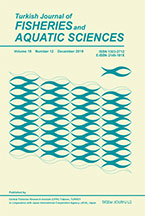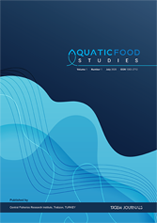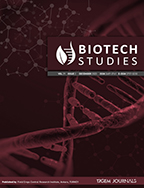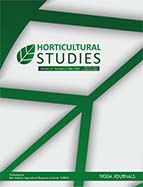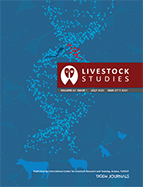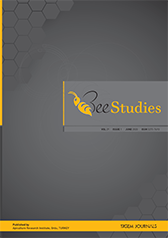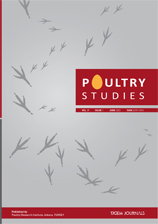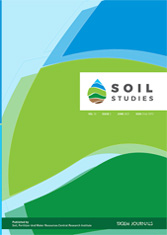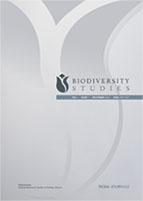From Germs to Mammals in Aqua
CiteScore: 1.0
SCOPUS 2023
SCOPUS 2023

This journal is licensed under a Creative Commons Attribution-NonCommercial-NoDerivatives 4.0 International License
Genetics of Aquatic Organisms
2025, Vol 9, Num, 2 (Pages: GA884)
In Silico Functional Annotation of E2102 Hypothetical Protein from Aeromonas veronii
2 Govt. Michael Madhusudan College, Department of Zoology, Jashore, Bangladesh
3 Khulna University, Environmental Science Discipline, Khulna, Bangladesh DOI : 10.4194/GA884 Viewed : 471 - Downloaded : 289 Many amino acids remain undiscovered and have not yet been associated with specific genome sequences. Modules of ambiguous activity are proteins detected through experimental methods that have not yet been assigned specific geometric annotations. In our study, the potential regulatory properties of the unidentified peptides from Aeromonas veronii (accession no. PXV57966.1) were explored and analyzed using several computational approaches and tools. From this in silico approach, the physical properties, cell position, 3-D arrangement, interactions among proteins, and functionality insights of the amino acid have all been determined. Protein-protein interactions were analyzed using STRING software, which revealed that E2102 protein interacts strongly with the peptidyl-tRNA hydrolase. The in-silico analysis indicated that the protein is hydrophilic, with its secondary structure mainly composed of alpha (α) helices. According to the result, the protein contains Ribosome-binding ATPase YchF domain, which suggests it may bind to ribosomal subunits. In addition, Aeromonas veronii is an opportunistic pathogen capable of causing various infections in humans, including gastroenteritis, soft tissue infections, and bacteremia. Thus, the study will contribute to the creation of novel antimicrobial treatments for treating severe intestinal tract infections by enhancing our understanding of the role of the E2102 domain. Keywords : Aeromonas veronii Hypothetical protein Functional annotation Homology




